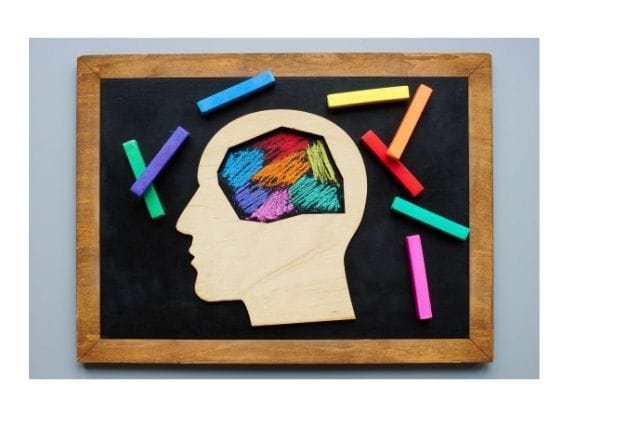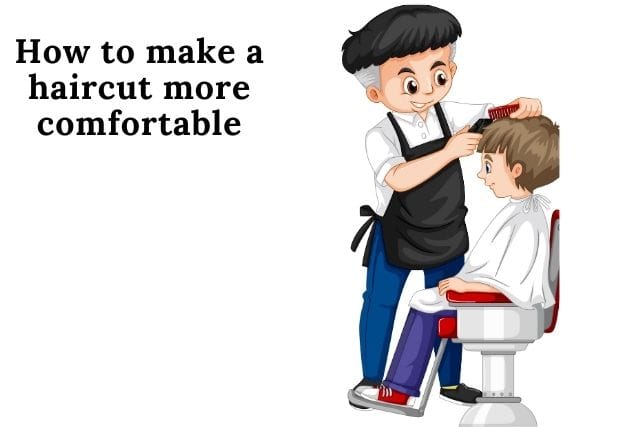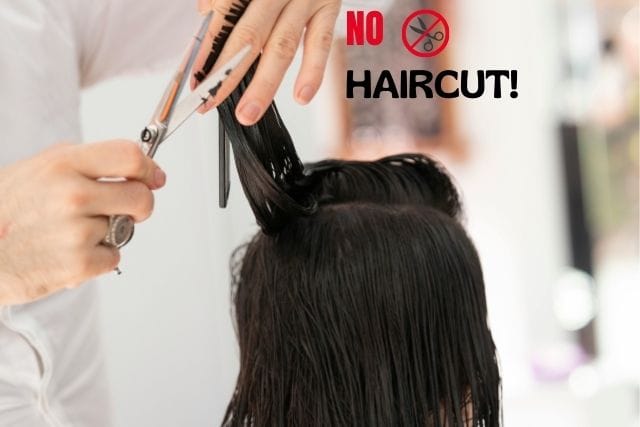For many individuals with autism, everyday experiences such as getting a haircut can cause significant anxiety. The challenges can stem from various factors, including differences in sensory processing, perception of time, and the impact on self-image. Understanding these difficulties and implementing strategies to alleviate them can help make the process less overwhelming. This article will give you some strategies for cutting an autistic child’s hair
Table of Contents
1. Why cutting an autistic child’s hair can be stressful
a) A Distortion of Time Perception
One of the key reasons why getting a haircut can be distressing for an autistic person is the way they perceive time. Many individuals on the autism spectrum experience a different sense of time compared to neurotypical people. This may mean they struggle to understand concepts like the passing of time or the idea that hair will grow back after being cut.
For someone with autism, the concept of hair growing back might not be easily understood. After their hair is cut, they may become fixated on the idea that it is gone permanently, which can cause significant anxiety or fear. This is particularly problematic for individuals who rely on routines and predictability to feel safe. The abrupt change in appearance, without the understanding that it is temporary, can be overwhelming. The fear of permanent loss can feel very traumatic for them.vv
b) The Importance of Self-Image
Another factor contributing to the anxiety surrounding haircuts is the role hair plays in shaping a person’s identity. For many autistic individuals, their appearance is a critical aspect of how they perceive themselves and how others perceive them. Haircuts, therefore, can be seen as a form of change or disruption to their body image.
For those on the autism spectrum, the act of cutting hair may feel like an invasion of personal space or a violation of their identity. Some individuals might even experience a sense of loss after their hair is cut, grieving what they see as a part of themselves that is gone. This emotional response can be more pronounced for individuals who have a heightened sensitivity to their physical appearance or who experience difficulty with self-regulation.
c) Sensory Sensitivity
Sensory sensitivities are another major factor that can make haircuts stressful for autistic individuals. Many people with autism experience hypersensitivity to sensory stimuli, meaning they can become easily overwhelmed by sounds, textures, smells, and other sensations that might go unnoticed by others.
For example, the sound of scissors or clippers can be unbearably loud for someone with sensory sensitivities. The noise may trigger a strong emotional response or even a meltdown. Similarly, the sensation of hair being cut or the feeling of hair falling onto the skin can be extremely uncomfortable. Some individuals may even have a heightened aversion to certain smells, such as the scent of hair products or the chemicals in the salon. The sensation of wearing a cape or the touch of a comb can also trigger discomfort, further intensifying the anxiety.

2. Strategies to Make Haircuts Easier for an Autistic Person
While getting a haircut can be challenging, there are several strategies that can make the experience more manageable and even enjoyable for individuals with autism. These strategies focus on preparation, gradual exposure, and reducing sensory overload.
1) Prepare the Person in Advance
One of the most effective ways to reduce anxiety about haircuts is through preparation. It’s important to provide a clear understanding of what will happen, especially if the individual is unfamiliar with the process.
- Show videos or images: Visual aids can be incredibly helpful. Watching videos or looking at pictures that explain that hair will grow back can ease fears about permanent loss. This helps make the concept of hair regrowth more tangible.
- Use a visual calendar: A visual schedule or calendar can be an excellent tool for showing the cycle of hair growth. This can reinforce the idea that haircuts are temporary and hair will grow back over time.
- Read stories or books: Books or stories about haircuts can also be beneficial. These narratives can help the person become more familiar with the process and reduce uncertainty.
2) Involve the Person in the Process
Autistic individuals often feel more comfortable when they have some control over the situation. Giving them choices and involving them in decision-making can reduce anxiety.

- Allow them to choose the haircut or the stylist: Letting the person pick their hairstyle or decide on the stylist can give them a sense of empowerment and control over the situation.
- Use a mirror: Allowing them to see what is happening in real-time can help them feel less surprised or out of control.
- Gradual haircuts: A progressive approach, where small amounts of hair are cut at a time, can be less intimidating than a drastic change all at once.
3) Minimize Sensory Overload
The sensory environment of a salon or barbershop can be overwhelming for an autistic person. Reducing sensory stimuli can make the experience more comfortable.
- Avoid noisy salons: A quiet environment is essential for minimizing sensory overload. Consider finding a stylist who can do house calls or seek out salons that are less crowded.
- Use noise-canceling headphones or earplugs: These can help block out the sound of scissors or clippers and make the environment more tolerable.
- Gently handle cut hair: To avoid the discomfort of hair falling on the skin, try gently shaking or brushing off the cut hair as soon as possible.
4) Reassure and Explain
Explaining each step of the haircut process can help an autistic person feel more secure and less anxious.
- Use simple, reassuring language: Use phrases like, “Your hair will grow back, just like grass grows back after being cut.” Repeating this reassurance throughout the haircut can help provide comfort.
- Show before-and-after pictures: If the individual is still uncertain, showing pictures of what they looked like before and after can provide visual evidence that their hair will return to normal.
5) Use Specialized Equipment
Certain tools and equipment can make haircuts more comfortable for autistic individuals.
- Silent scissors or clippers: Tools that make less noise can reduce the sensory impact of the haircutting process.
- Light, soft capes: Opt for a soft, lightweight cape to prevent discomfort from the fabric against the skin.
- Cutting hair dry: For some individuals, cutting hair dry can be less distressing than using water or a wet towel.
6) Introduce Haircuts Slowly
Gradual exposure to haircuts can help desensitize an autistic person to the process.
- Start with a small section: Begin by cutting a small lock of hair to allow the person to get used to the sensation.
- Use a playful approach: For children, cutting the hair of a doll or toy might help them understand the process before experiencing it themselves.
- Space out haircuts: Frequent haircuts can be overwhelming, so it’s important to space them out to avoid making the experience feel like a sudden, unexpected change.
7) Reward and Praise Efforts
Positive reinforcement is key to helping an autistic person feel good about their haircut experience.
- Reward efforts: Use a reward system, such as giving stickers or offering a favorite activity after the haircut, to motivate the person.
- Praise every small step: Offer praise and encouragement after each successful part of the haircut, whether it’s sitting still, enduring the sound of the clippers, or accepting a small trim.

Conclusion
Getting a haircut can be a stressful experience for an autistic person due to challenges related to time perception, self-image, and sensory sensitivity. However, with patience, preparation, and a thoughtful approach, the experience can be made more comfortable. By providing reassurance, involving the person in the process, and minimizing sensory stimuli, haircuts can become a less anxiety-inducing activity. It’s important to tailor strategies to the individual’s needs, allowing each person to feel more in control and less fearful of the experience. With the right approach, a haircut can transform from a source of stress into an opoprtunity for growth and self-expression.
Discover also our post: Why Autistic Sometimes Avoid Physical Contact: Understanding Sensory Sensitivity

Pingback: Exploring the Brain in Autism:Brain Development and Behavior